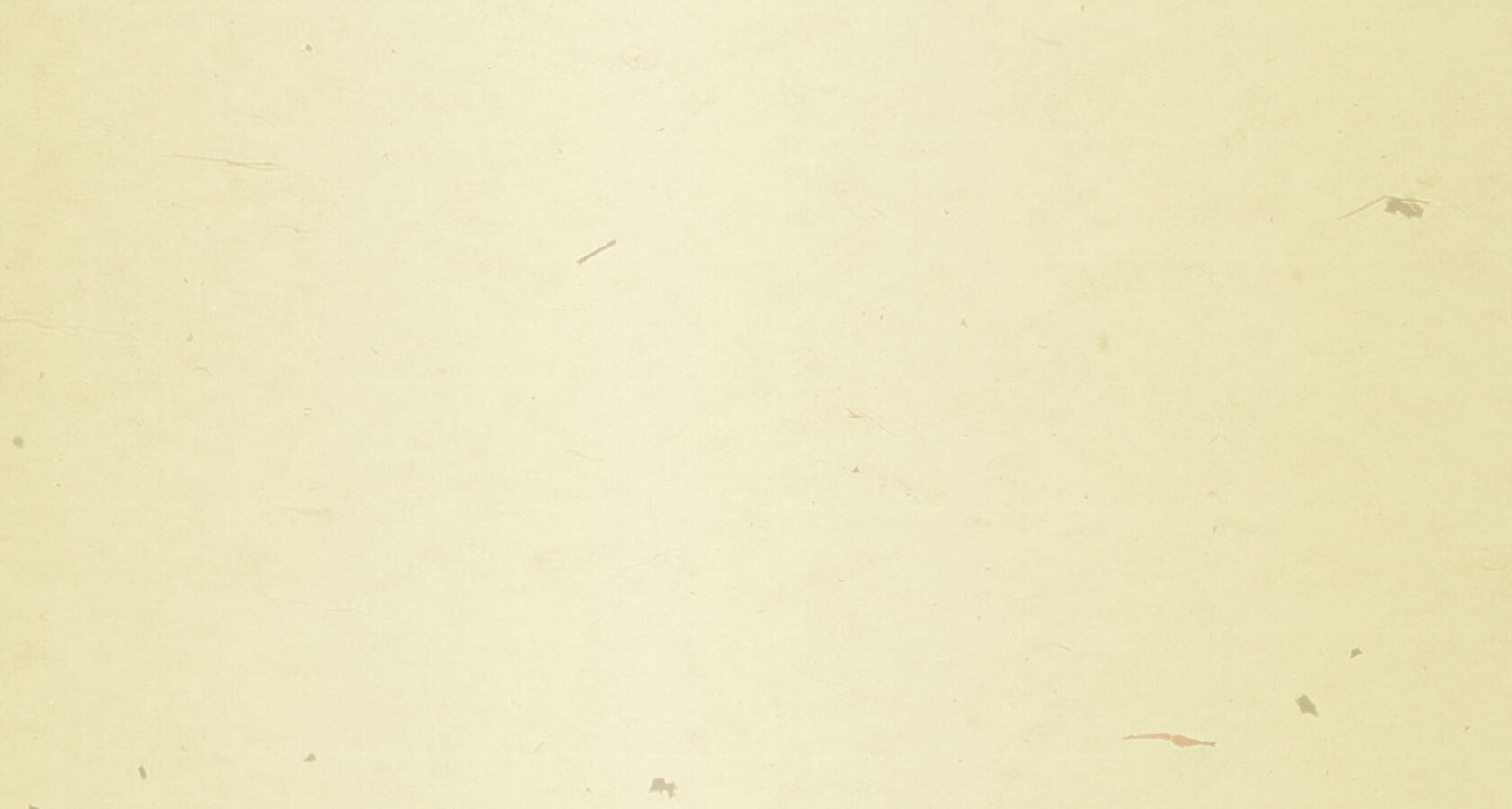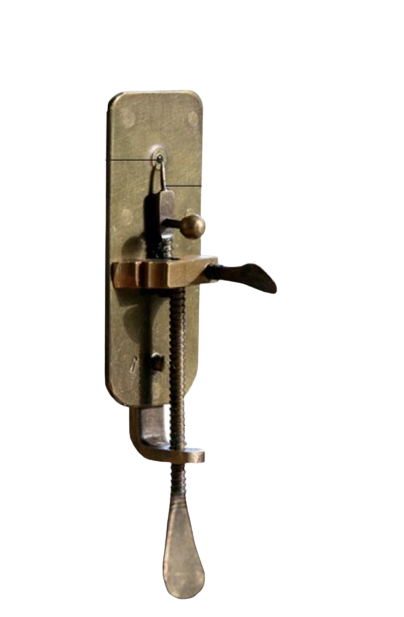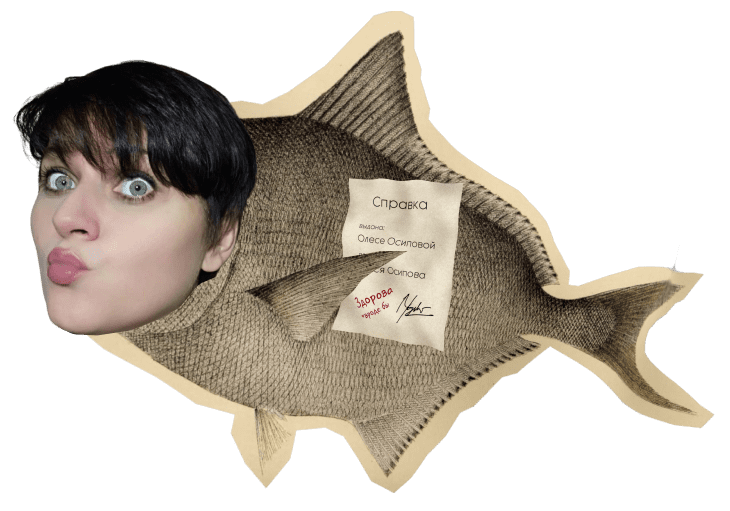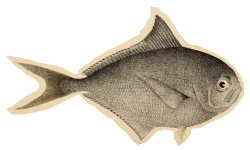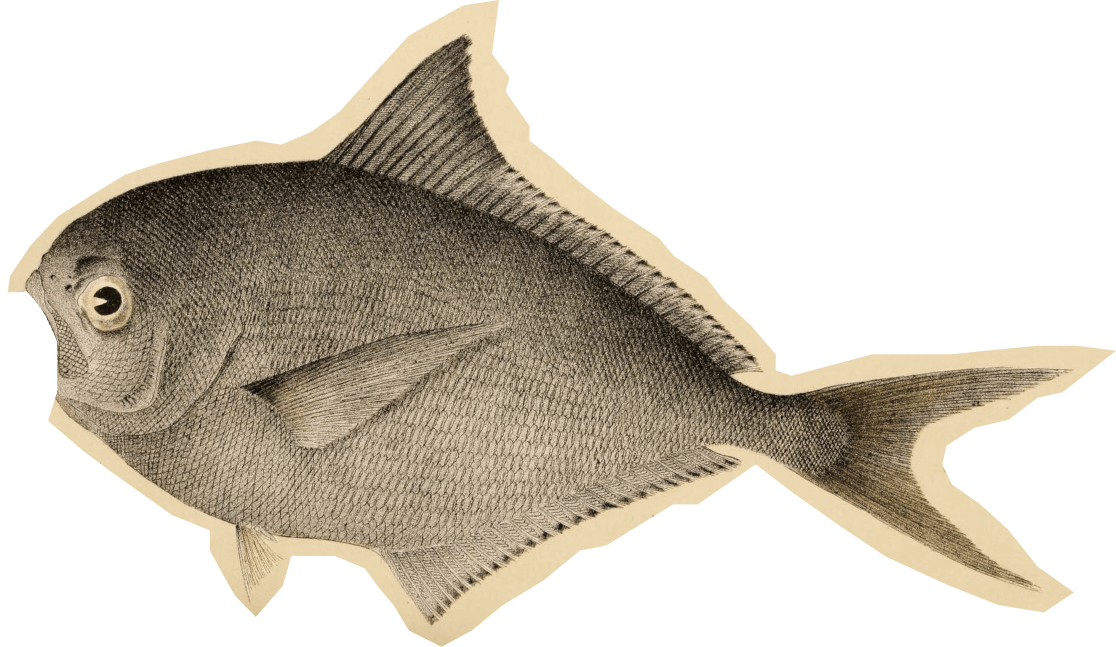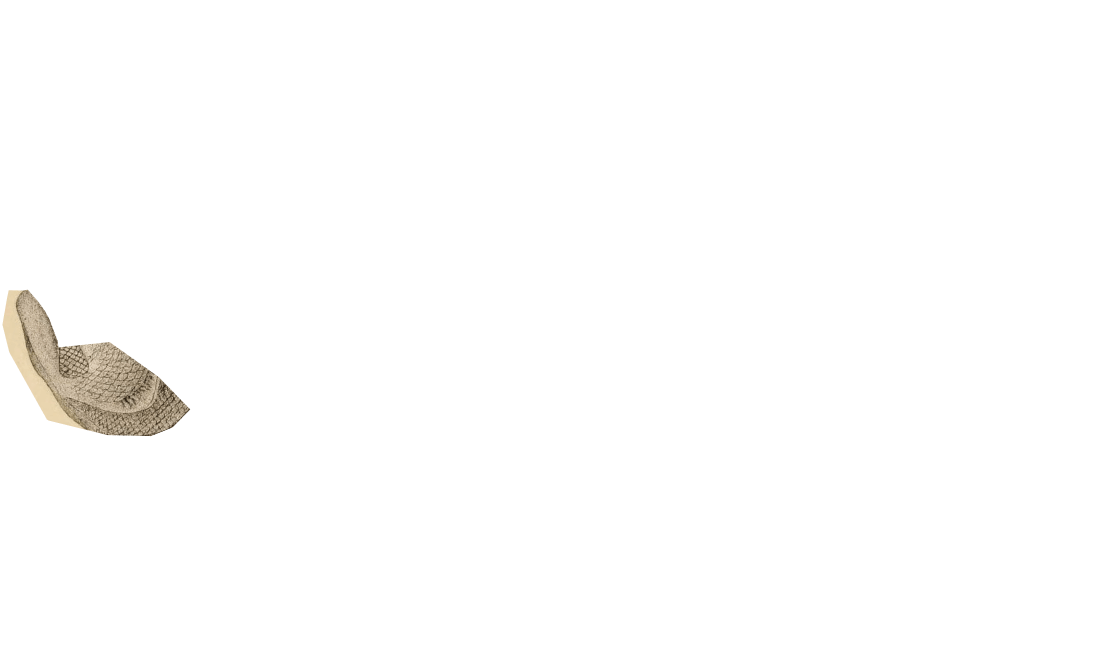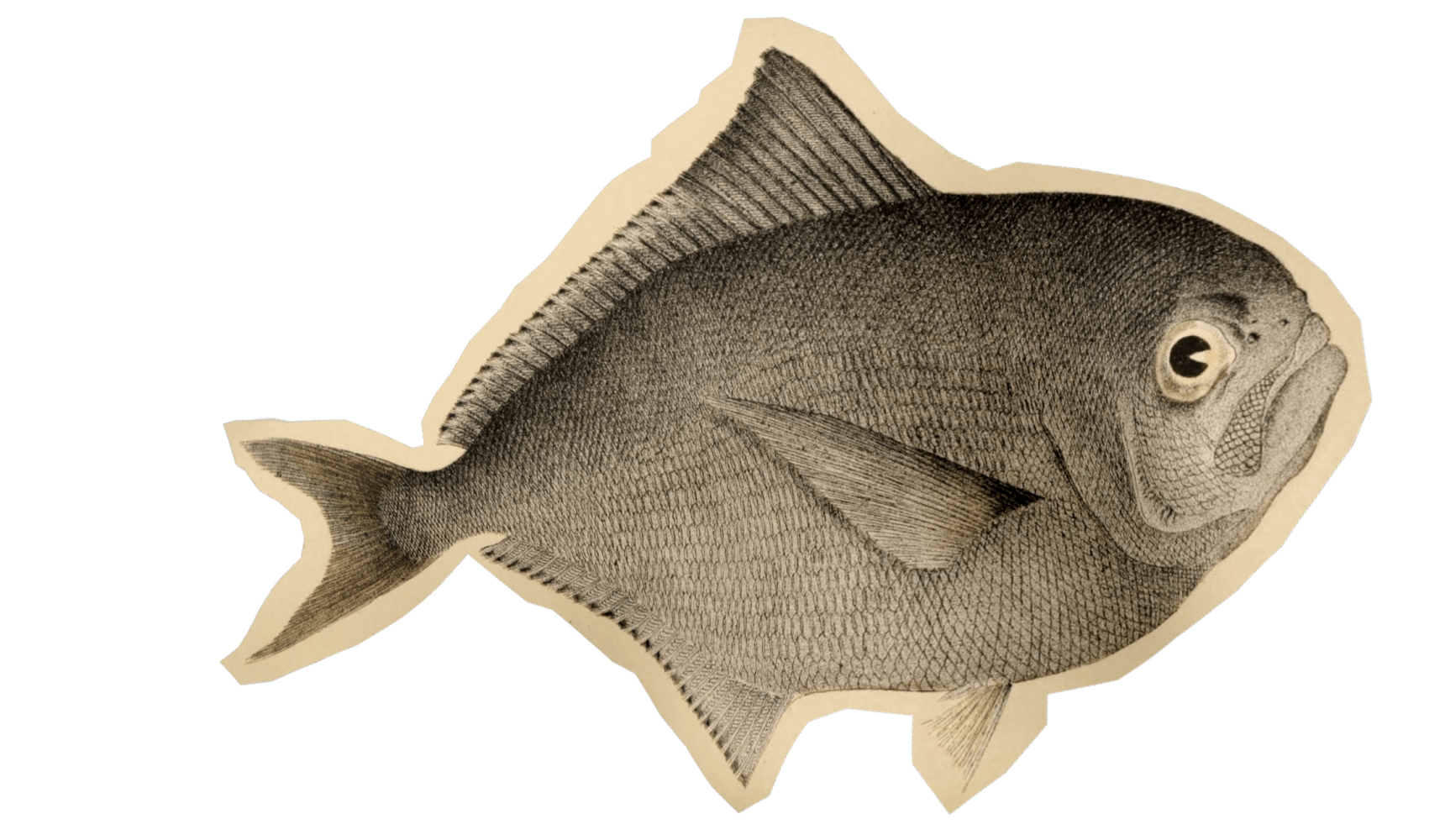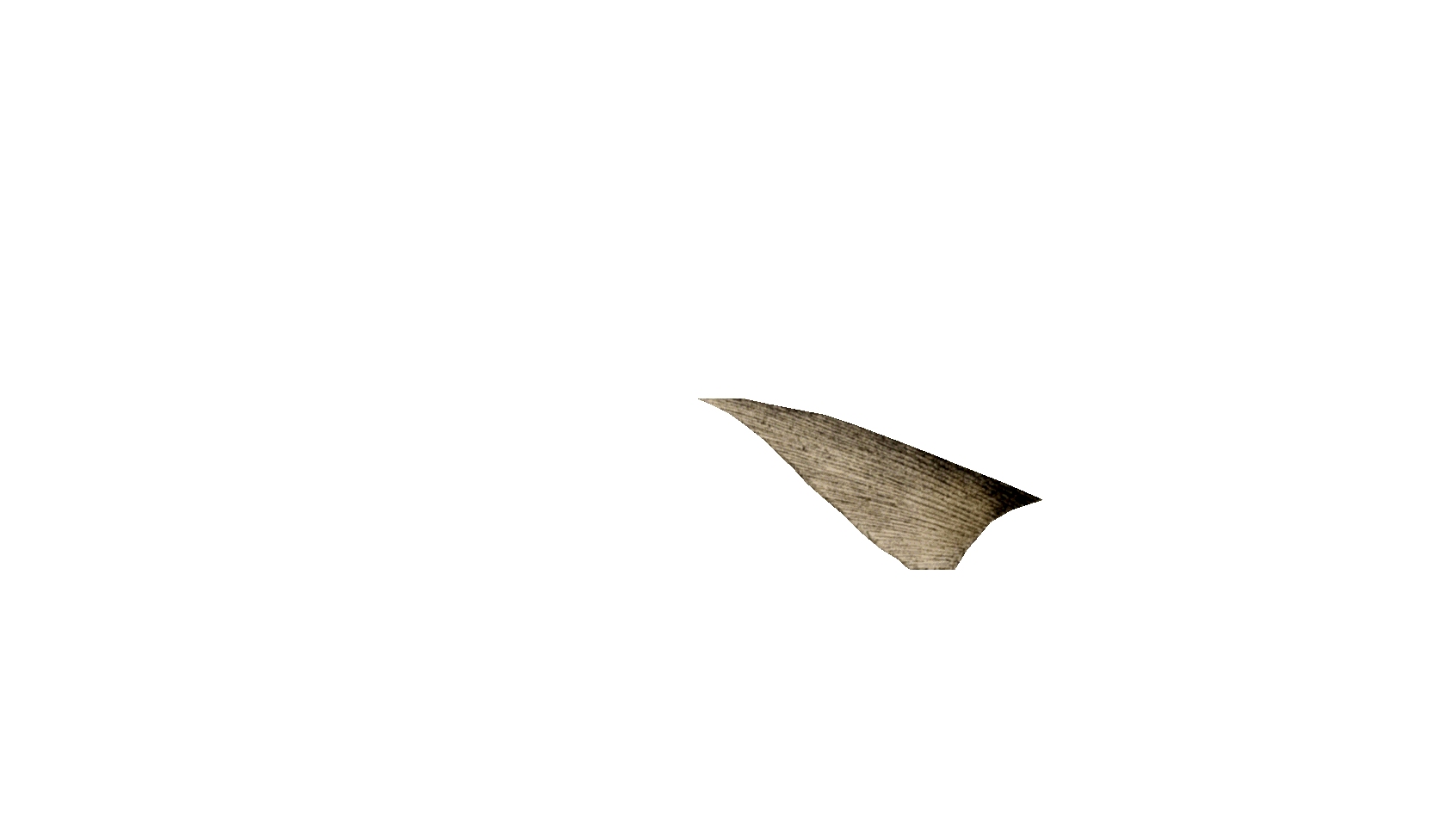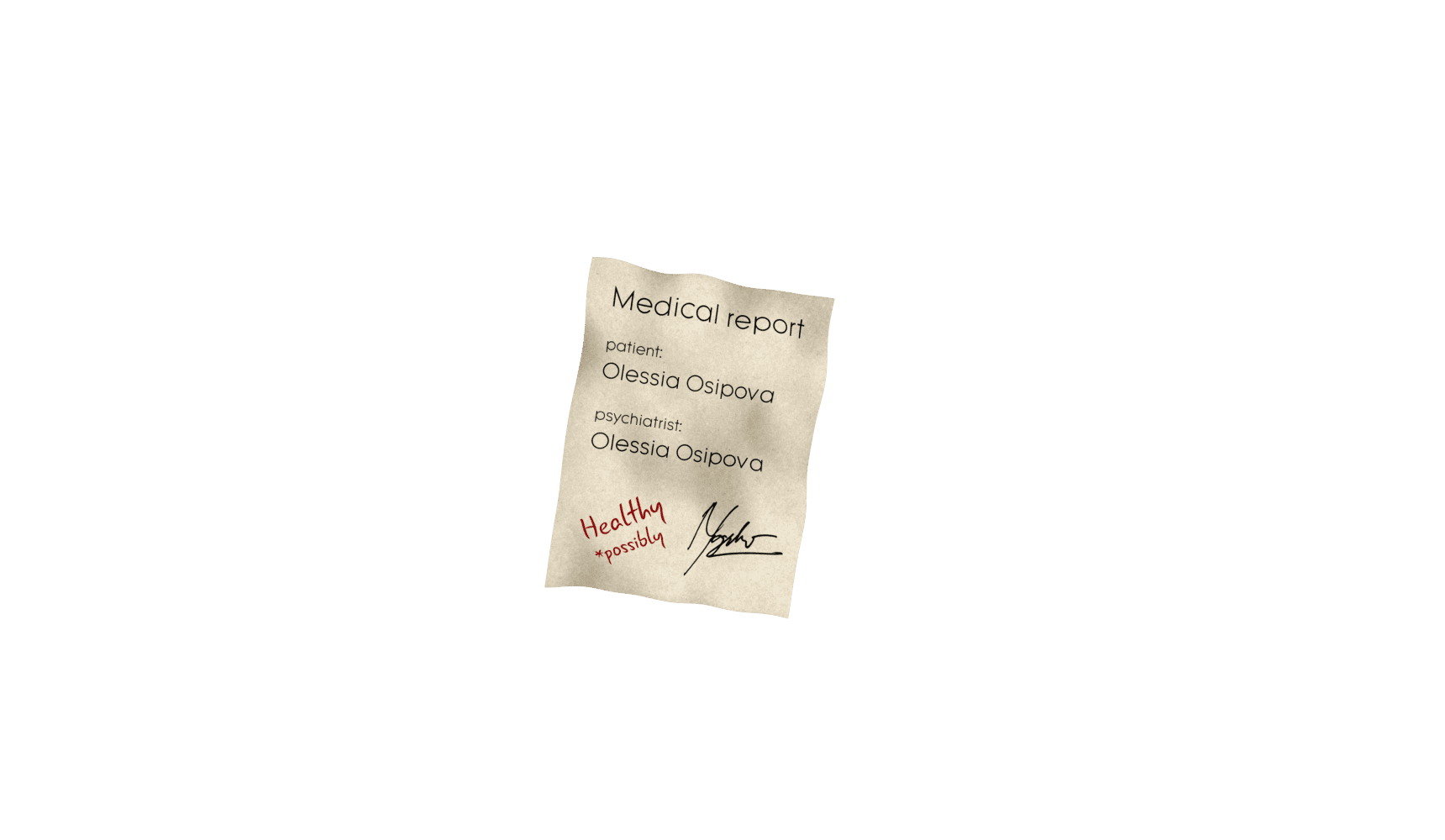

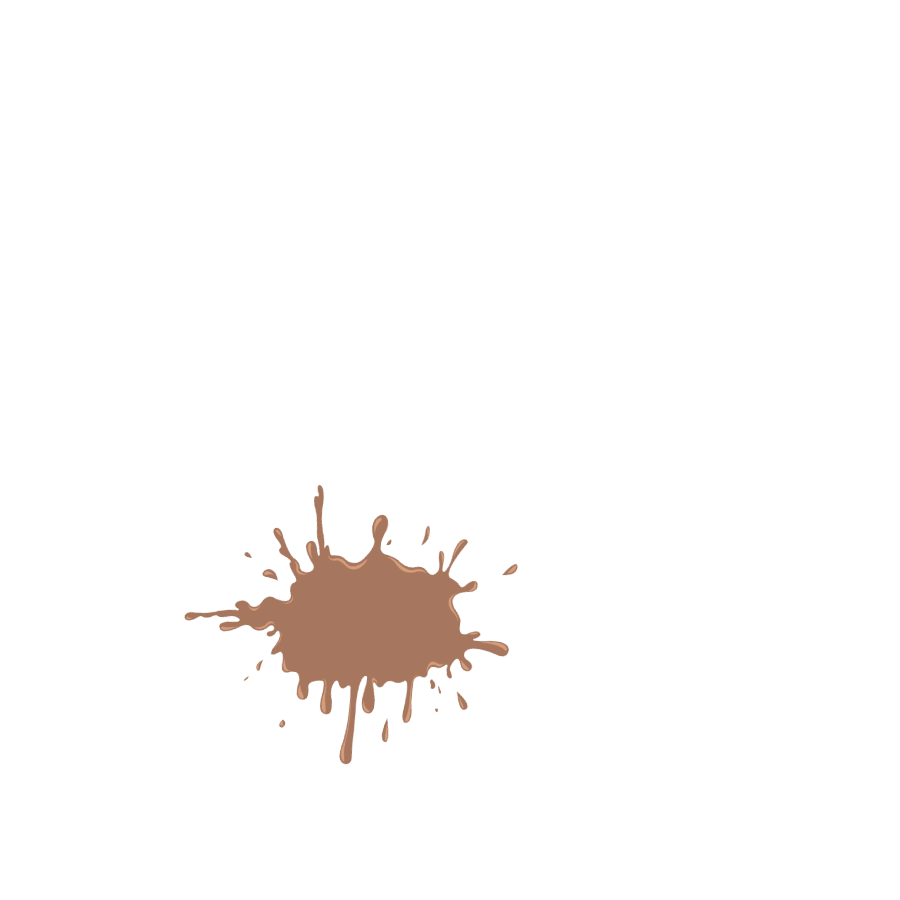
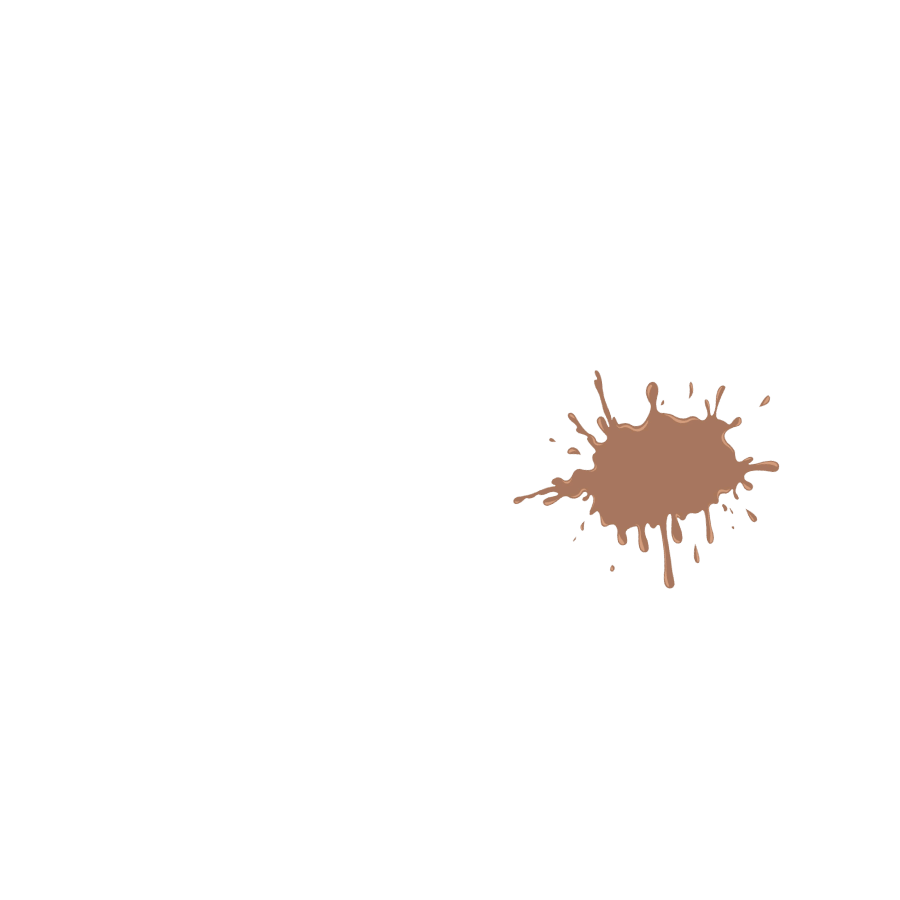


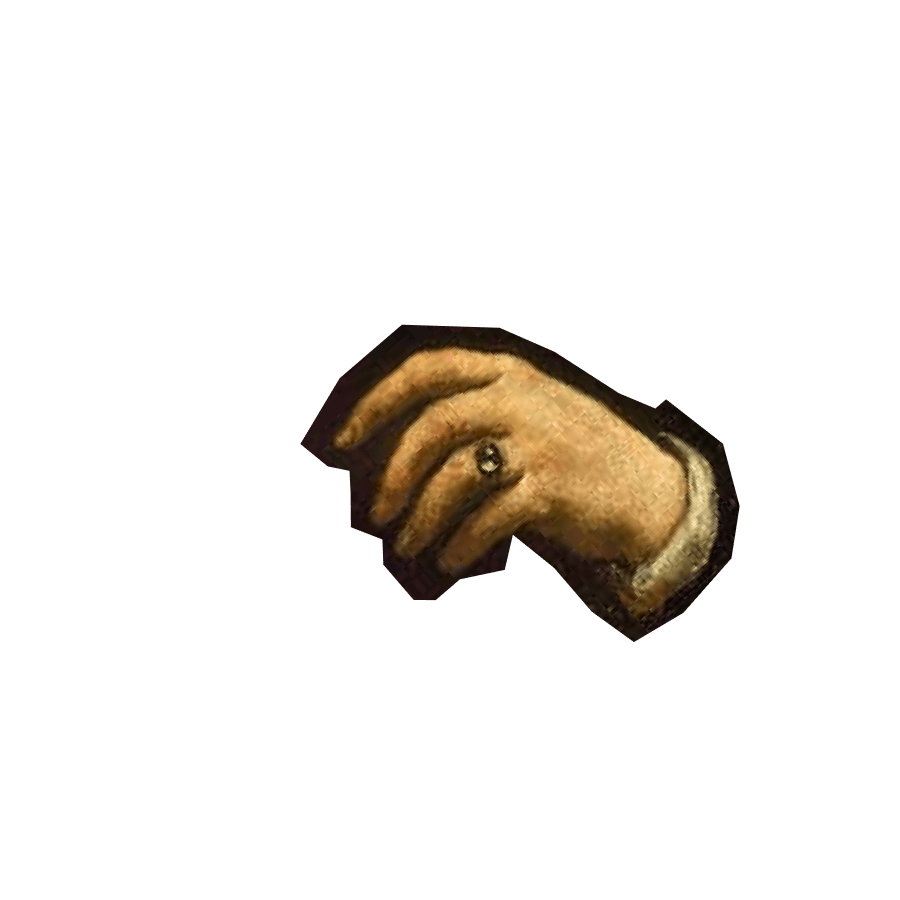





— professional microfiber cloth for cleaning lenses
there could be your ad here
Zeiss

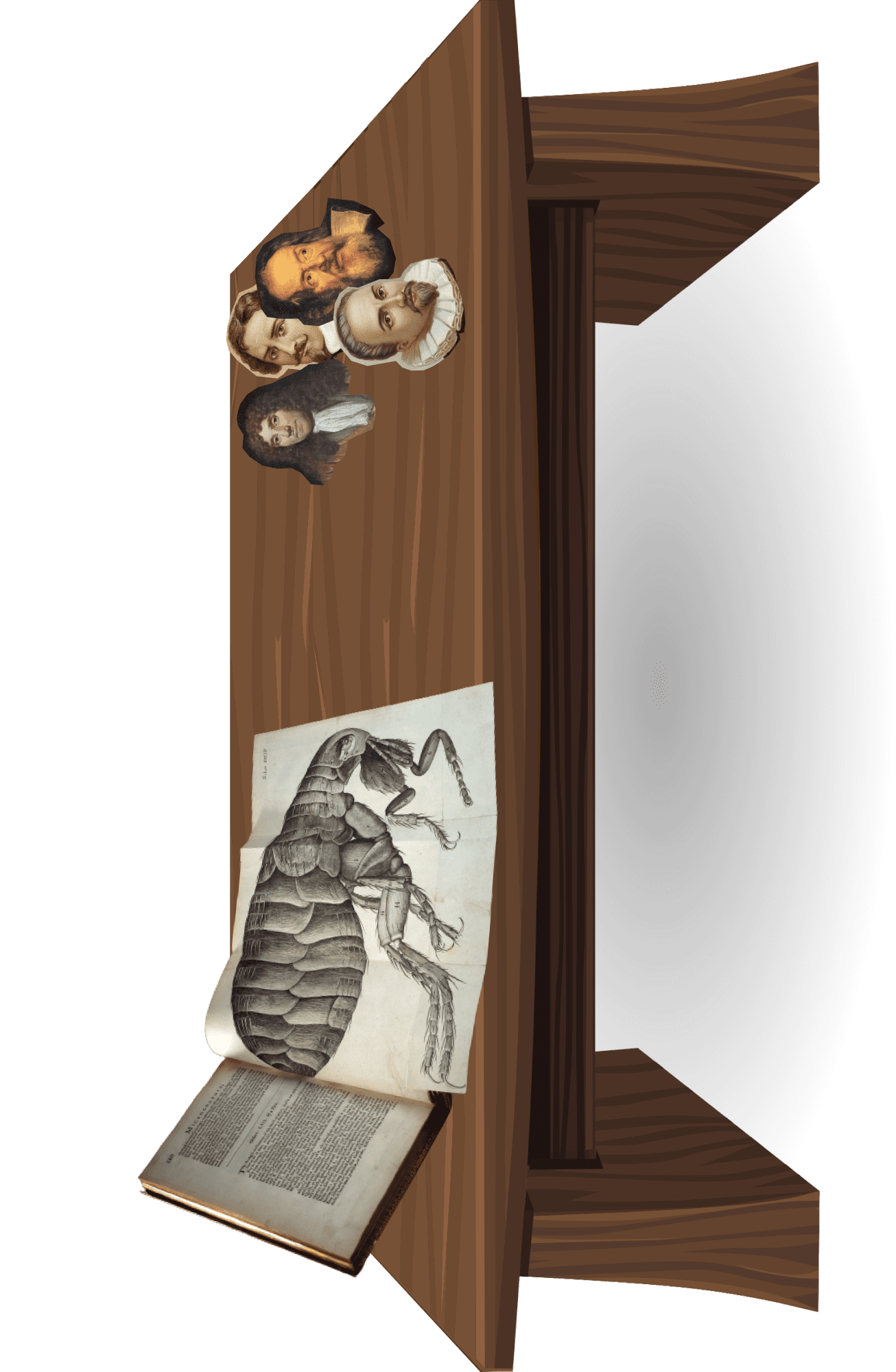





history
of microscopes
from Jansen to Leeuwenhoek




Before we could see the microworld in all its glory, it was a long and painstaking work of many scientists.
The invention of the microscope allowed humans to move out of a world controlled by invisible things into a world where the pathogens and viruses that caused disease became visible, named and, in time, prevented.
let's go



let's go
Before we could see the microworld in all its glory, it was a long and painstaking work of many scientists.
The invention of the microscope allowed humans to move out of a world controlled by invisible things into a world where the pathogens and viruses that caused disease became visible, named and, in time, prevented.


The Dutch eyeglass makers Hans Jansen and his son Zacharias Jansen were noted as the first people to develop the concept of the compound microscope.
By placing lenses of different types and sizes into opposite ends of the tubes, they found that smaller objects were greatly magnified.
This simple microscope became the basis for the creation of more complex instruments.

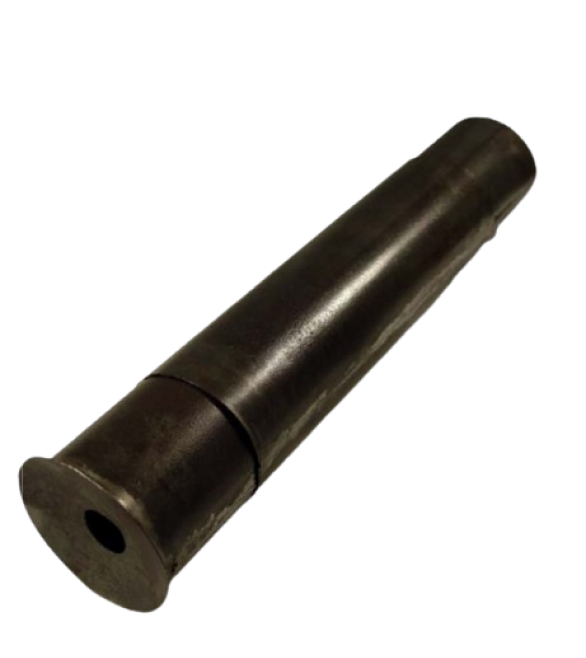
Hans and Zacharias Jansen

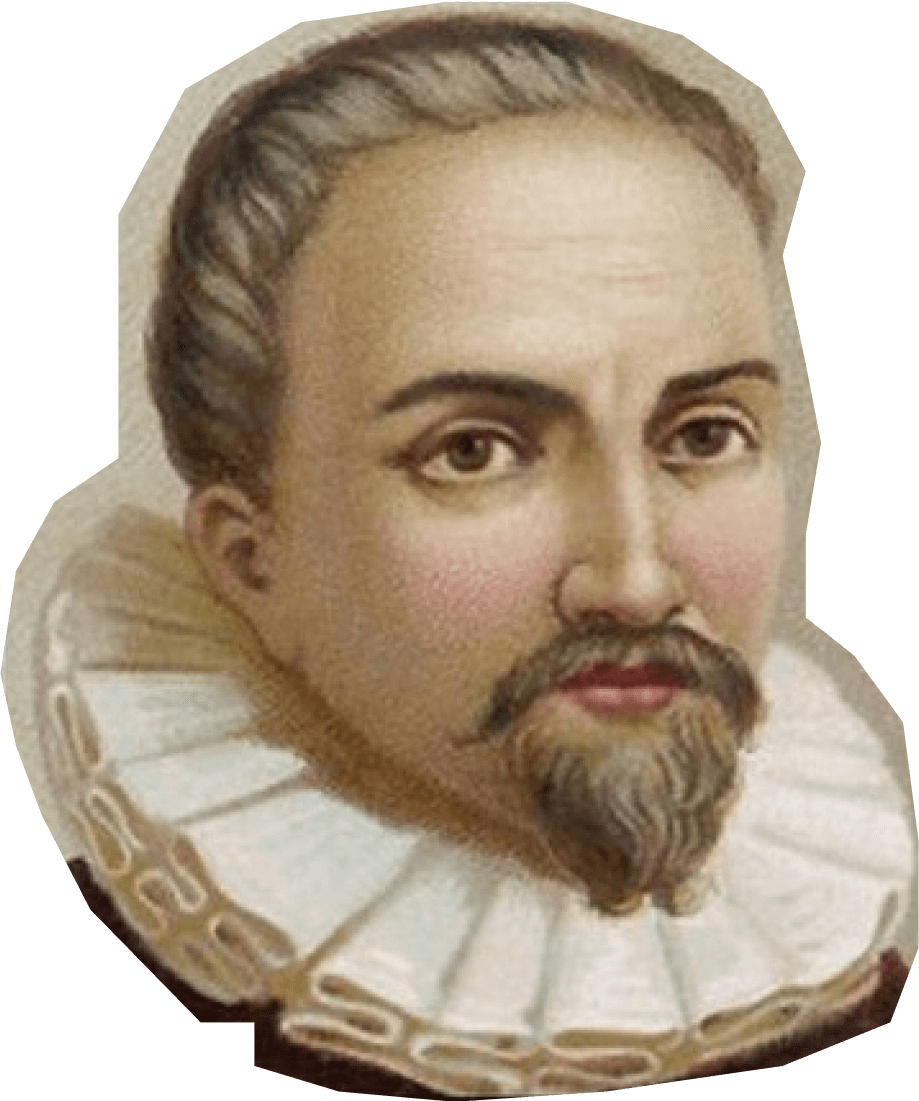
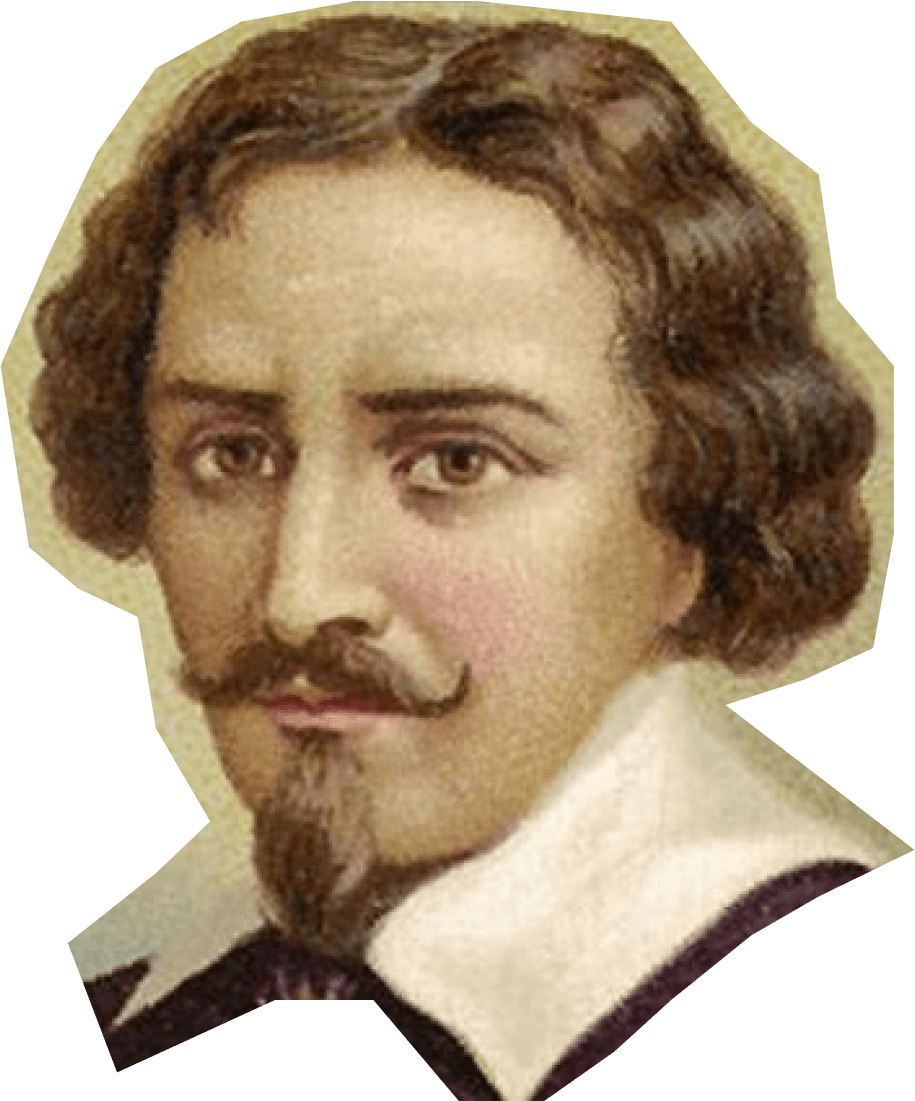

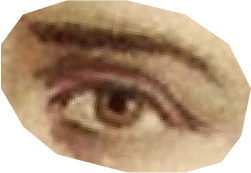



I think it's a sensation, son.
Definitely!
Hans Jansen
Zacharias Jansen
Jansen's microscope
1590
year
I think it's a sensation, dad.
The Dutch eyeglass makers Hans Jansen and his son Zacharias Jansen were noted as the first people to develop the concept of the compound microscope.
By placing lenses of different types and sizes into opposite ends of the tubes, they found that smaller objects were greatly magnified.
This simple microscope became the basis for the creation of more complex instruments.


Hans & Zacharias Jansen








I think it's a sensation, son.
Definitely!
Hans Jansen
Zacharias Jansen
Jansen's Microscope
1590
year
I think it's a sensation, dad.



In 1609 Galileo Galilei finalized Janssen's telescope by replacing one of the convex lenses with a curved one. When the tube was extended, this microscope also served as a telescope.
Supposedly Galileo's microscope was made by the master Giuseppe Campagna of wood, cardboard, and leather and placed on a three-legged stand of metal.
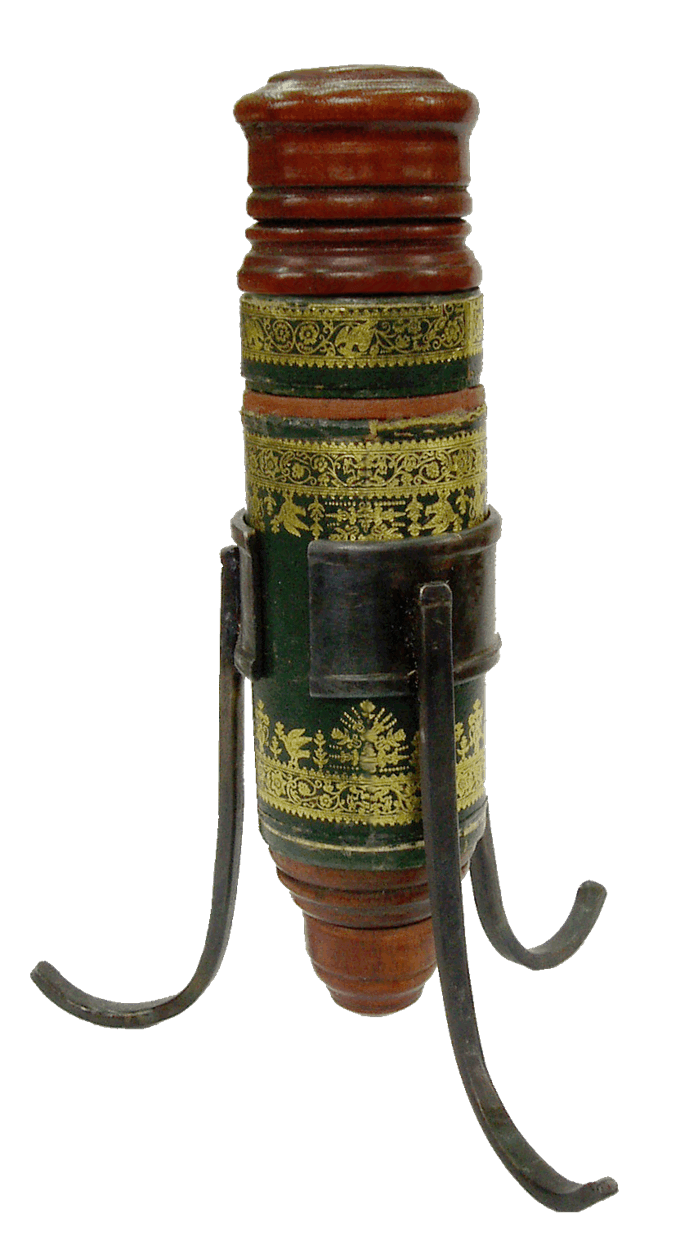
Galileo Galilei
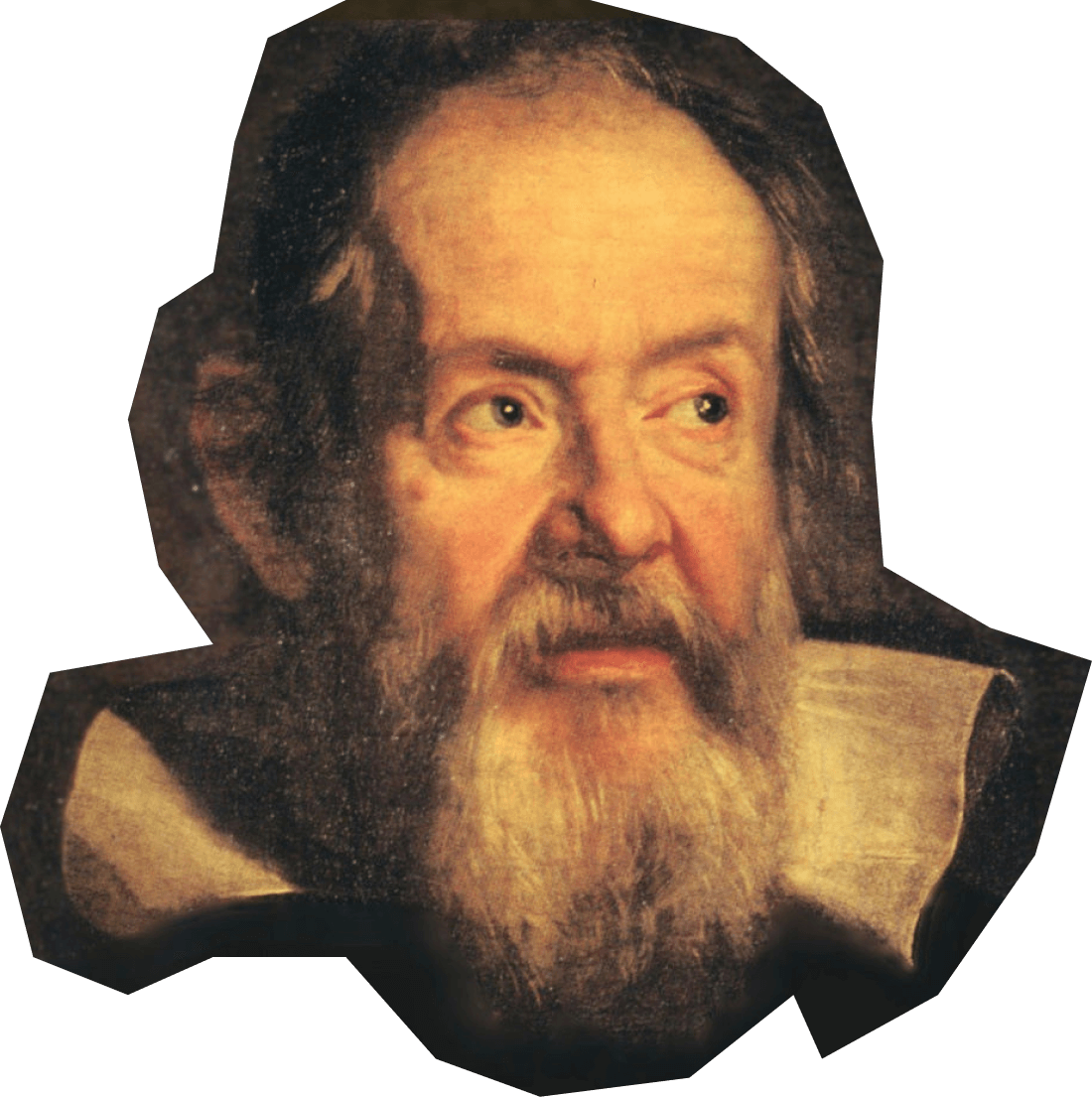
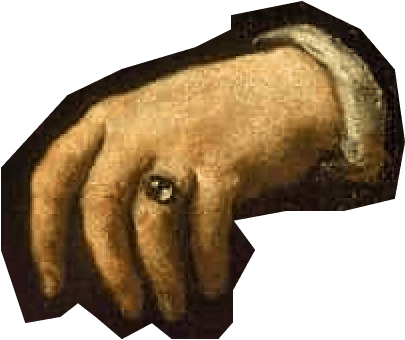


They could have thought of it...
boys...
boys...
Galileo

Galilei

1609
YEAR

Galileo's microscope























Robert Hooke assembled a very convenient model of a microscope: the tube could be tilted. To get good illumination, the scientist invented a special oil lamp and glass ball, which was filled with water.
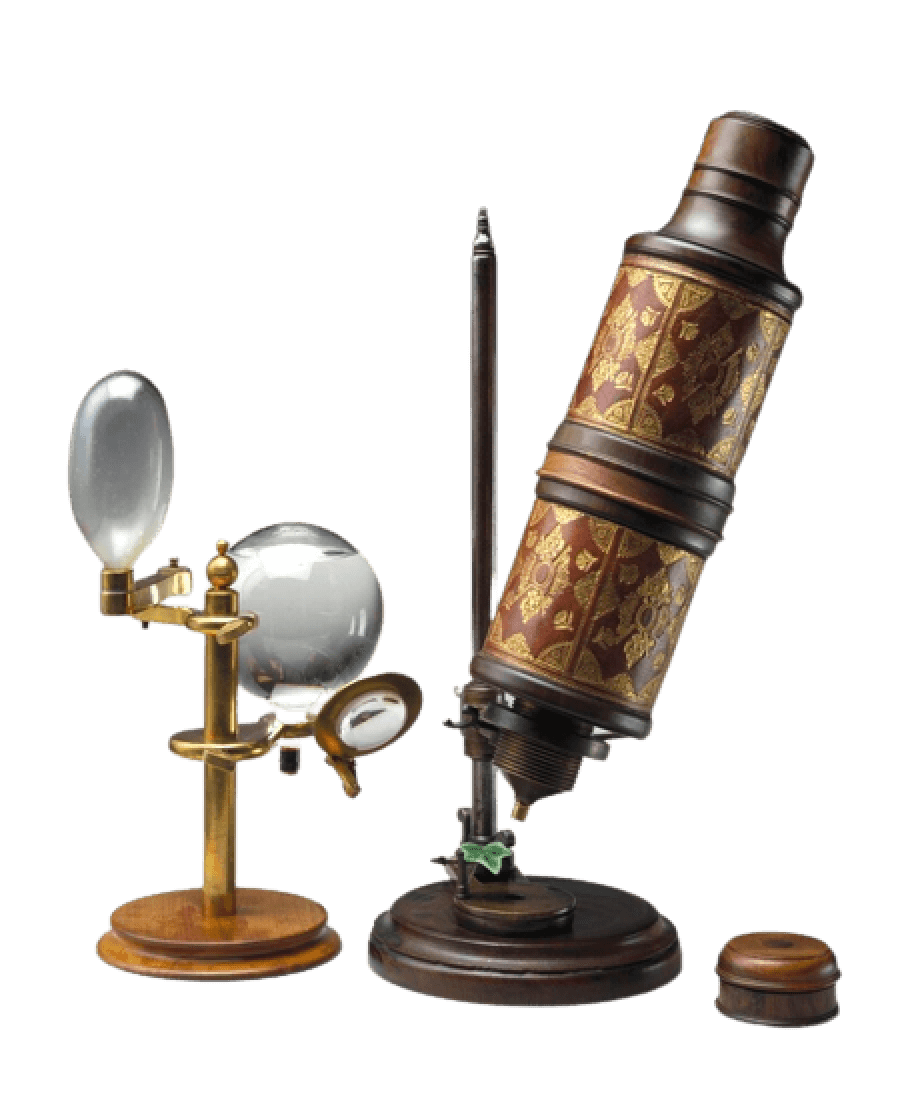
Robert Hooke
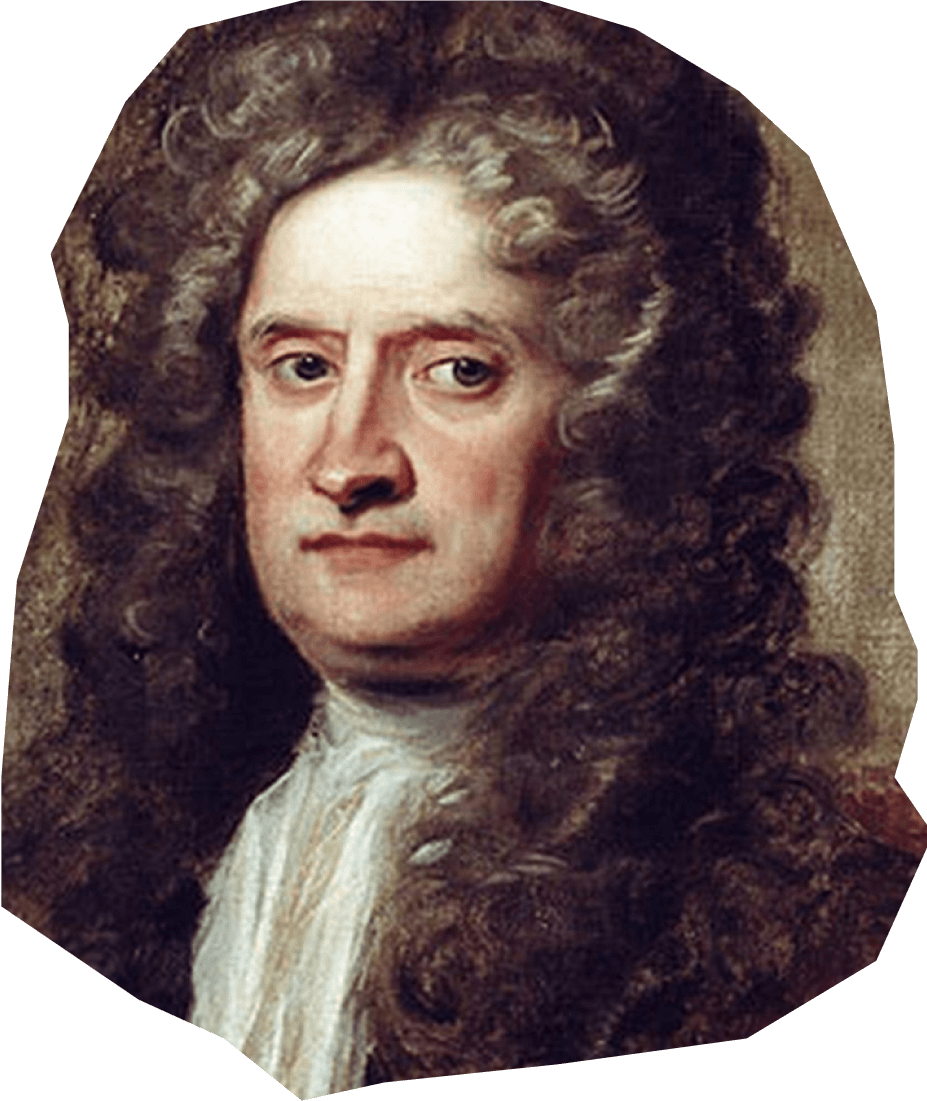
Robert Hooke
Hooke's microscope

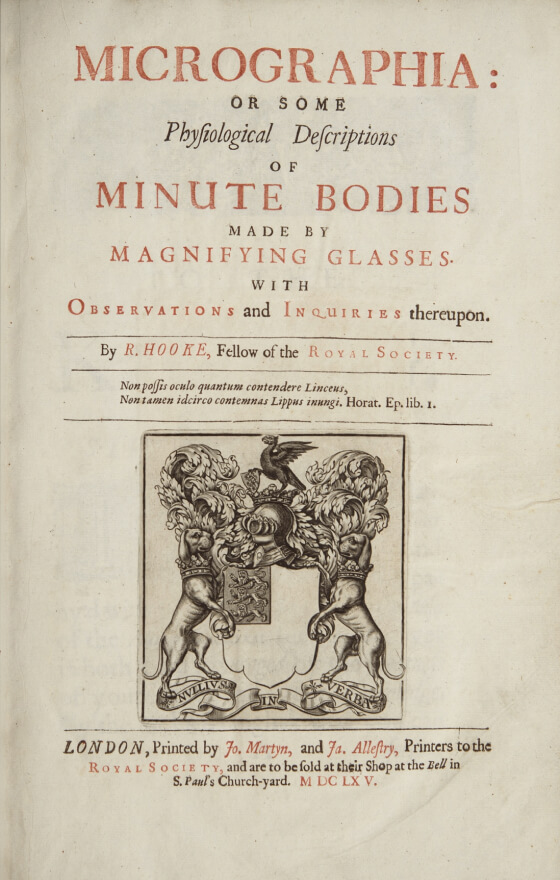
Robert Hooke publishes his work Micrography, a collection of biological engravings of the microworld, where he introduces the term cell for the structures that he had discovered in the cork cortex.
The book has had a considerable influence on the popularization of microscopy, mainly because of its impressive illustrations.

1664
year
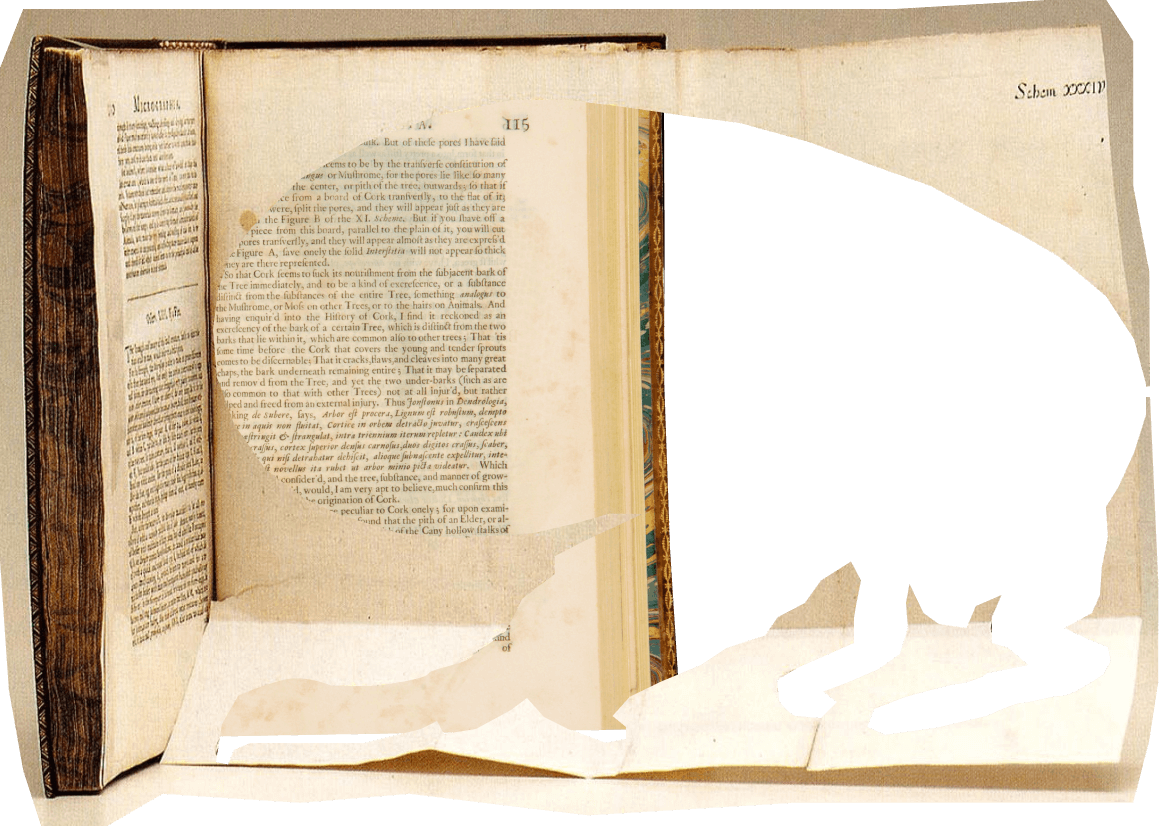
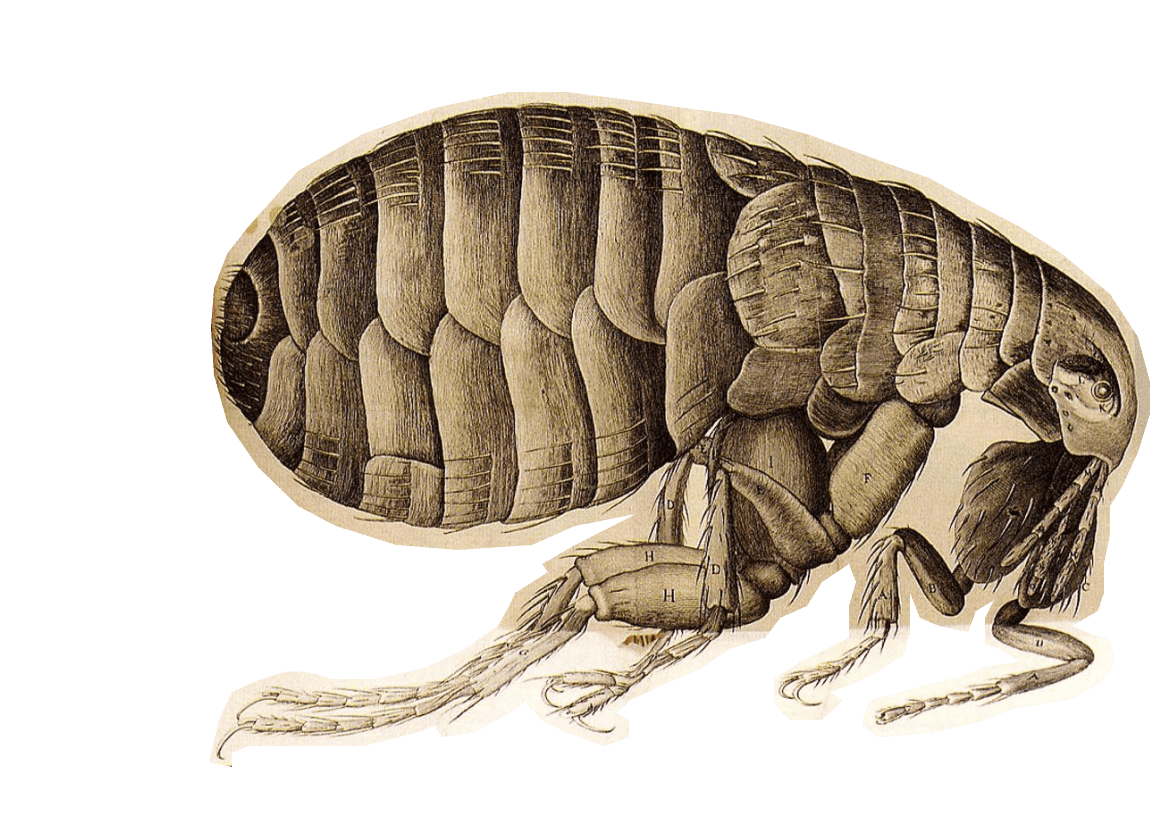
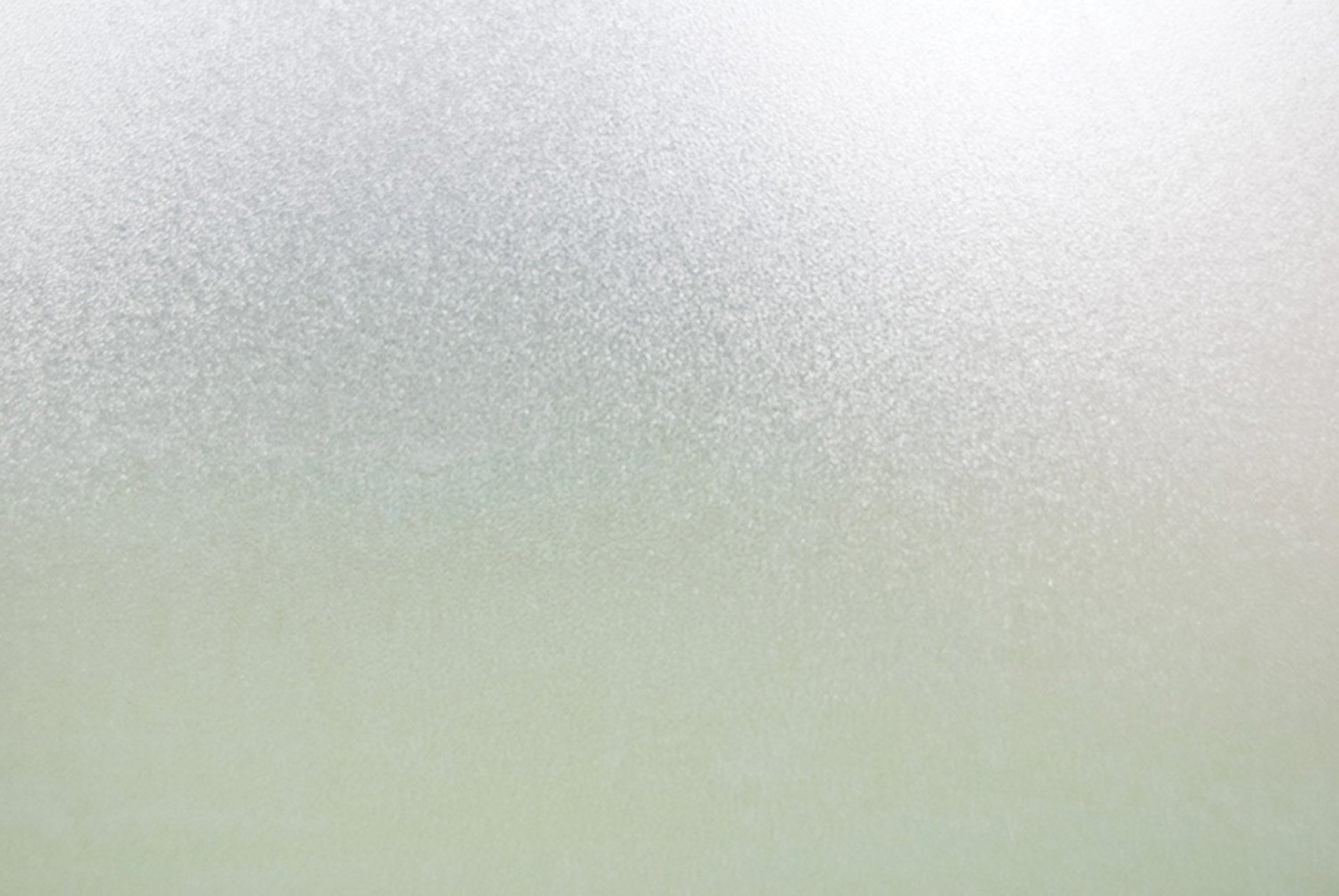

Look at the bug under a microscope



Leeuwenhoek improves the microscope by polishing and grinding the lenses to the ability to see single-celled organisms.
Leeuwenhoek's microscope was extremely simple and represented a plate with a lens in the center. The observer had to look through the lens at the sample, fixed on the other side, through which the bright light from the window or candle passed.
Leeuwenhoek is considered the founder of the study of microscopy and played an important role in development of cell theory.

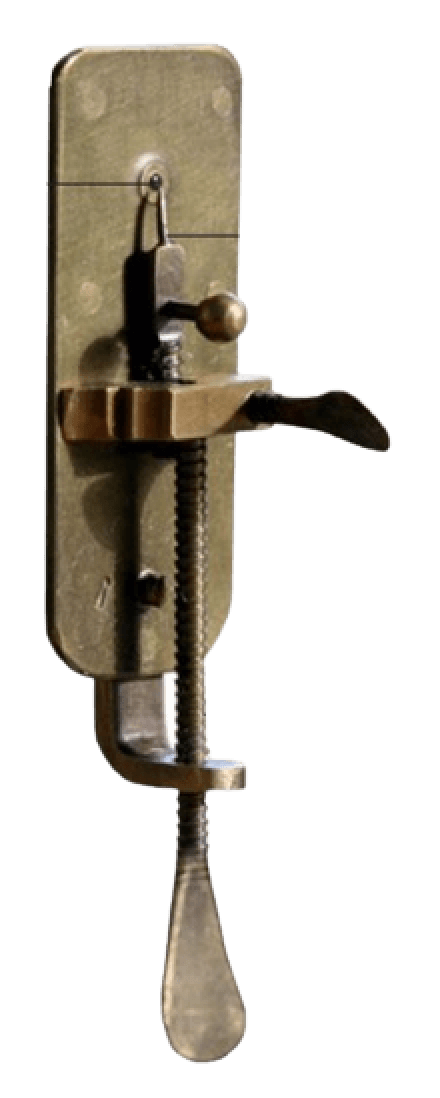
Antoni van Leeuwenhoek

Leeuwenhoek's microscope
Despite the simple construction, the quality of its lenses in the microscope made it possible, for the first time in history, to see many microscopic animals, bacteria, and complex details of common objects.
1674
year



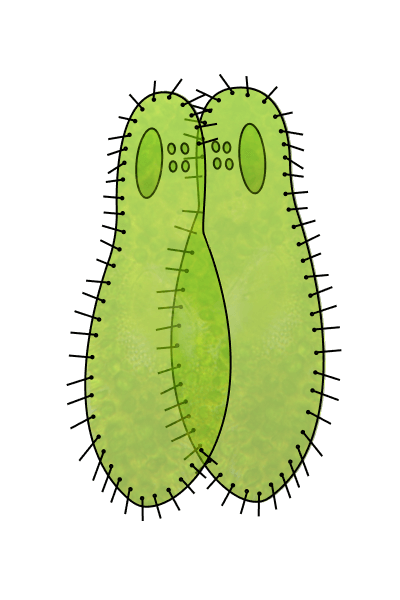
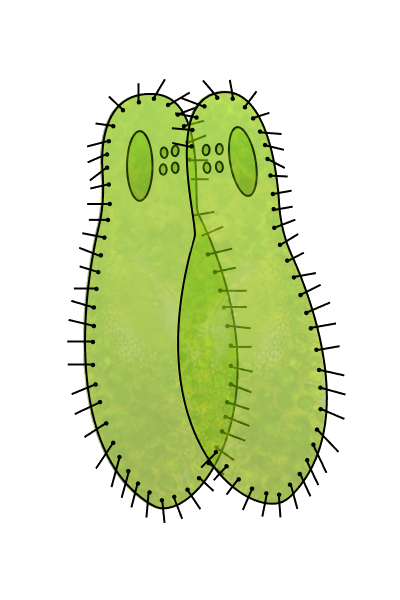
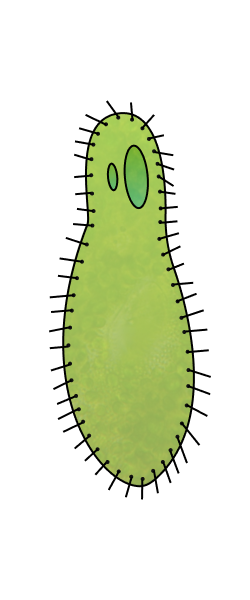

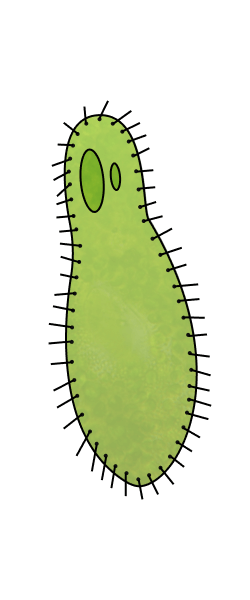
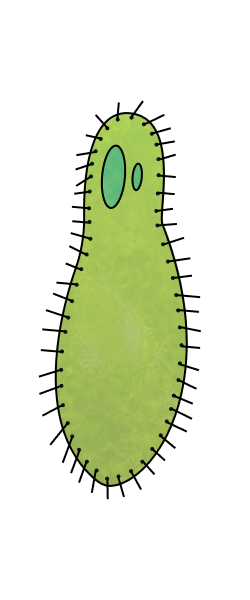
25
invented 25 different types of microscopes
275
500



achieved an enlargement of the image by a factor of 275
made and polished more than 500 lenses
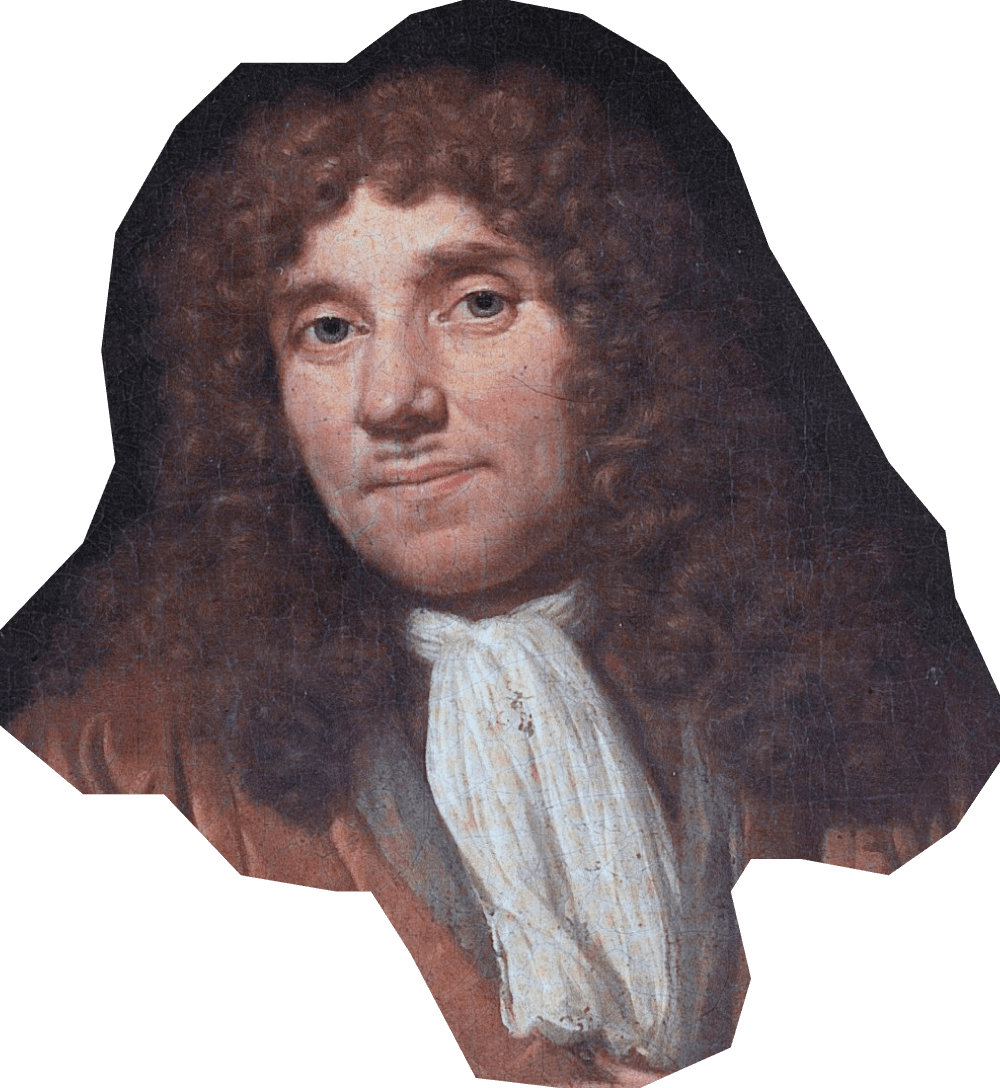

Under this magnification there is nothing to uncover...
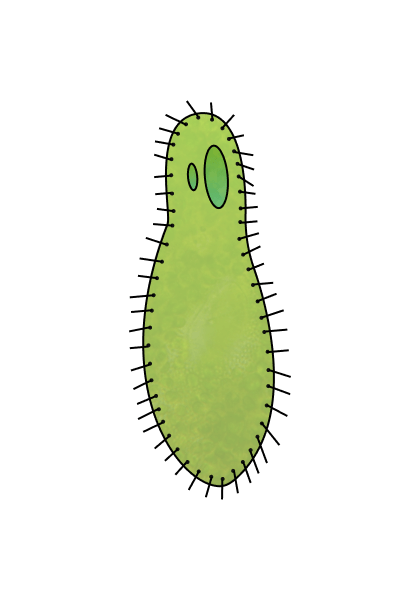
Point your microscope at them...



Tap them with your finger




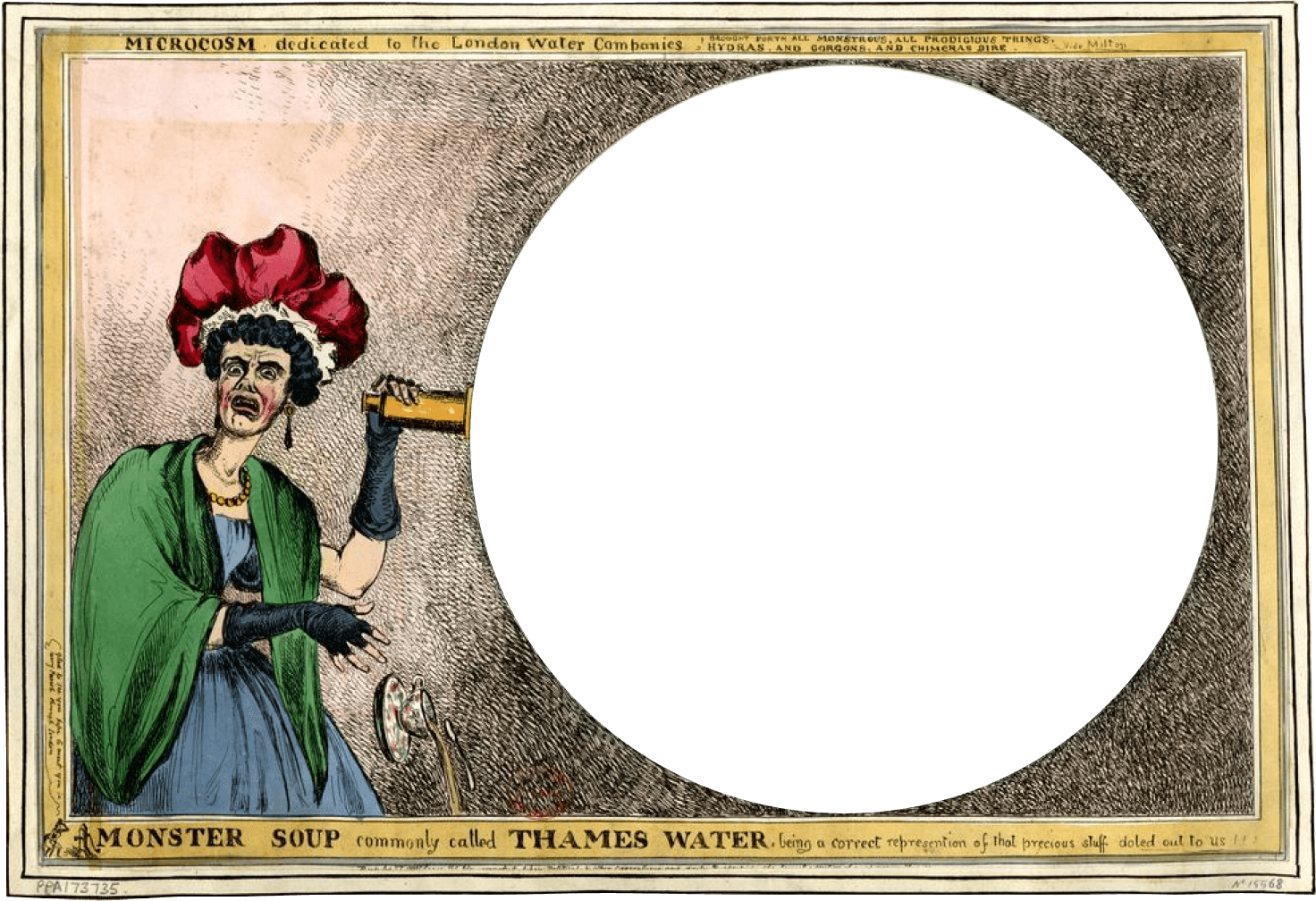





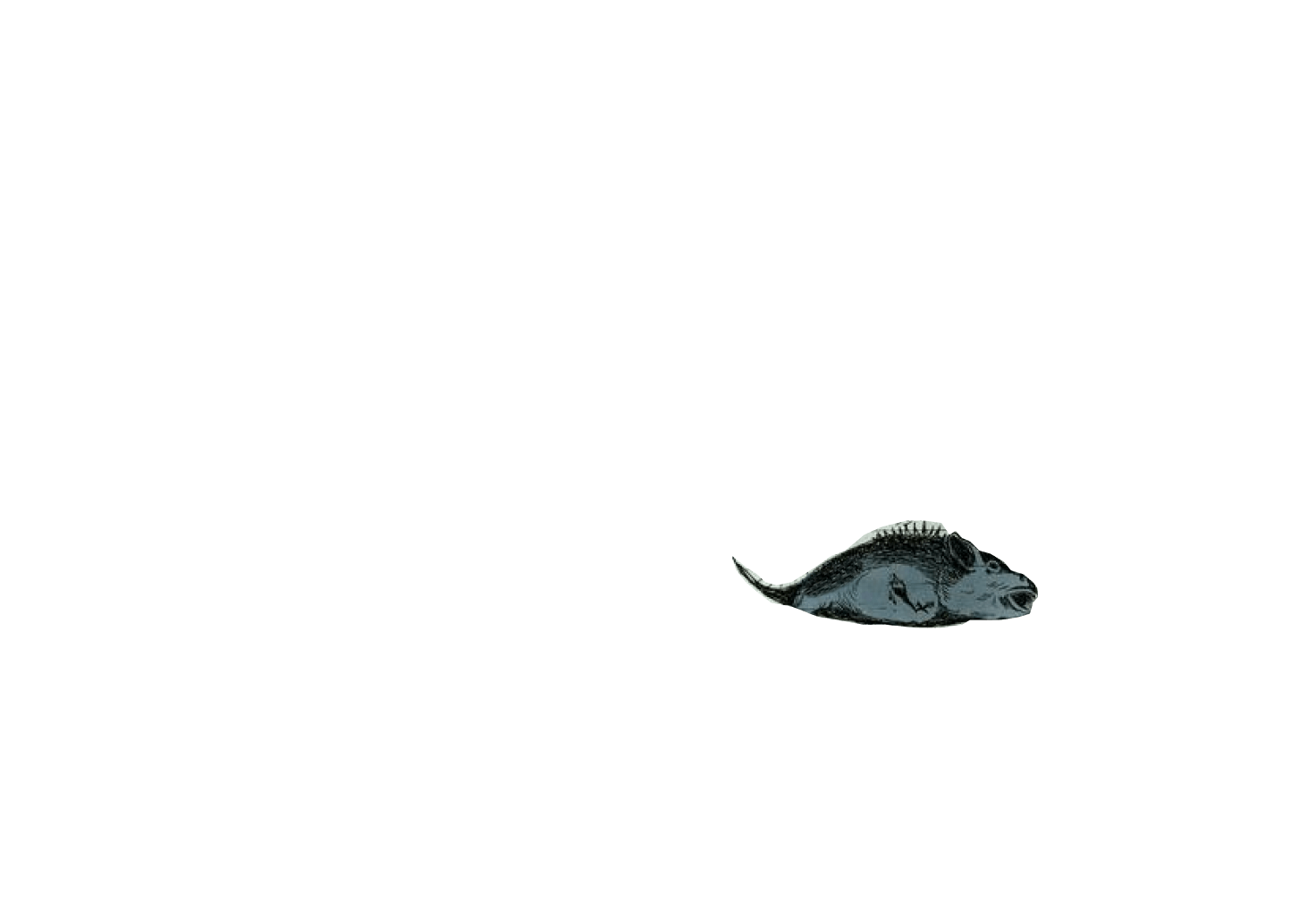





In time, the aristocracy began to take an interest in science.
The microscopes and cases for them are beginning to be made according to all the rules of decorative art from expensive materials: ivory, precious wood and bronze, embossed with gold leather and precious stones.
xviii
age












In time, the aristocracy began to take an interest in science.
The microscopes and cases for them are beginning to be made according to all the rules of decorative art from expensive materials: ivory, precious wood and bronze, embossed with gold leather and precious stones.
xviii
age












In time, the aristocracy began to take an interest in science.
The microscopes and cases for them are beginning to be made according to all the rules of decorative art from expensive materials: ivory, precious wood and bronze, embossed with gold leather and precious stones.
xviii
age

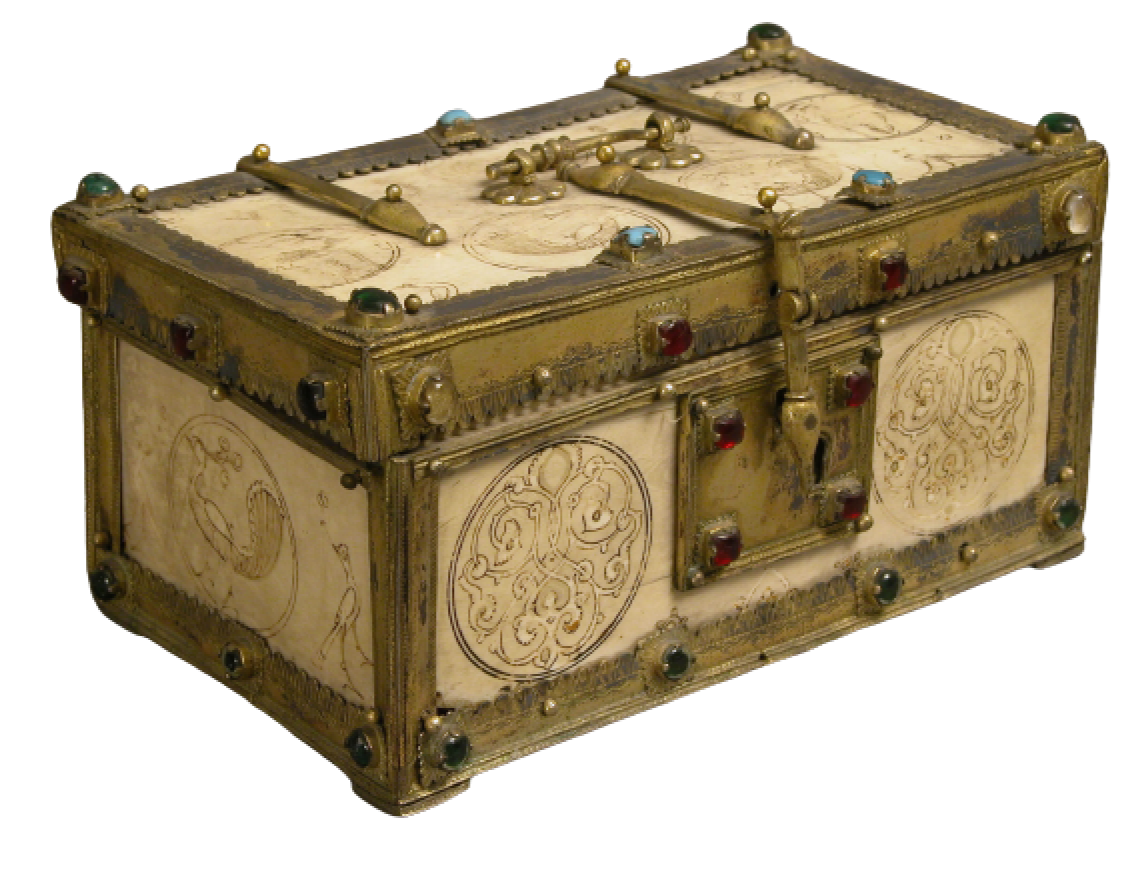









A new era of microscopes begins. But that's another story altogether...
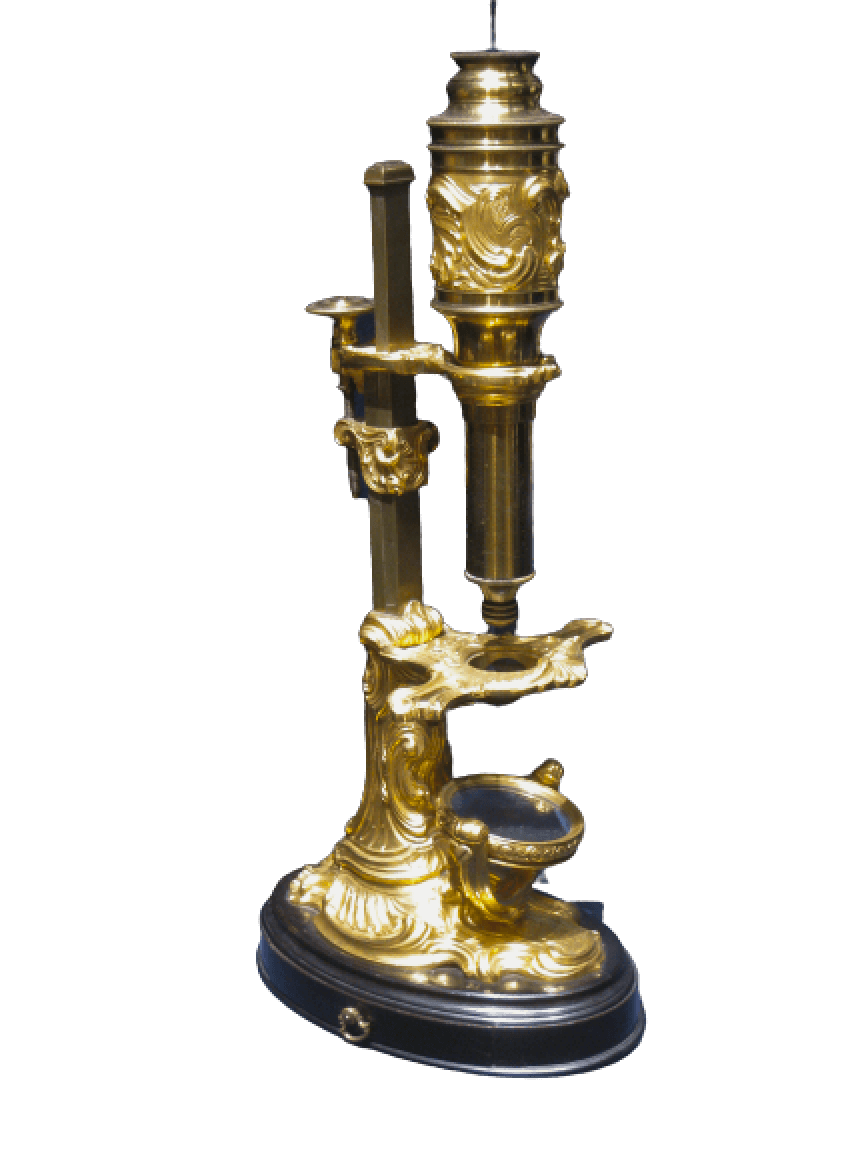

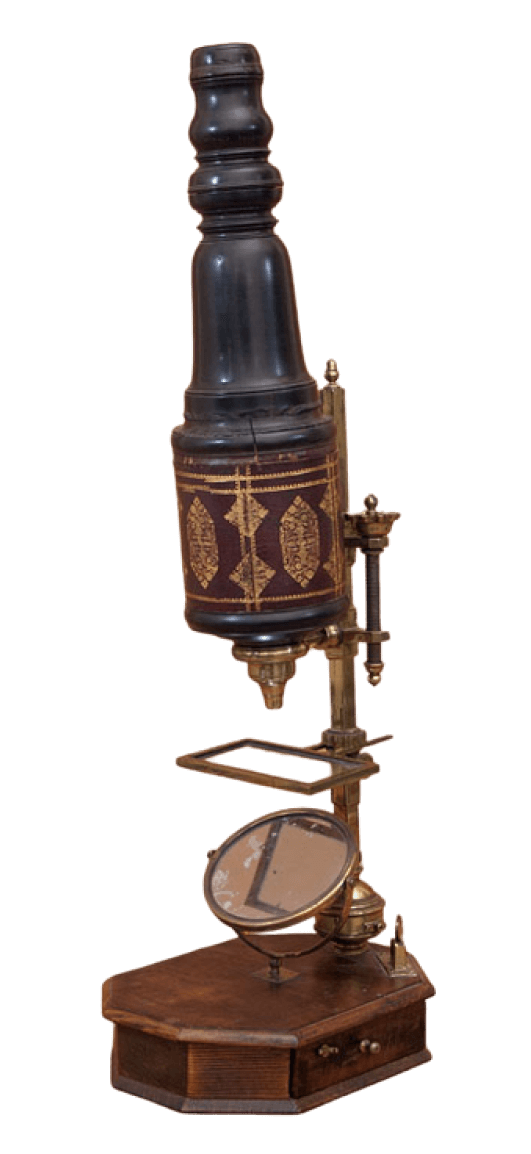













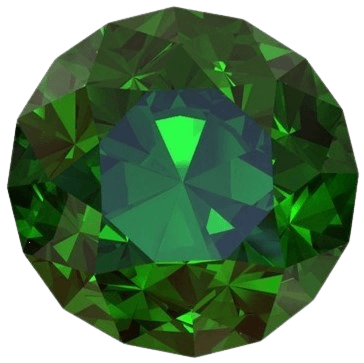














A new era of microscopes begins. But that's another story altogether...























